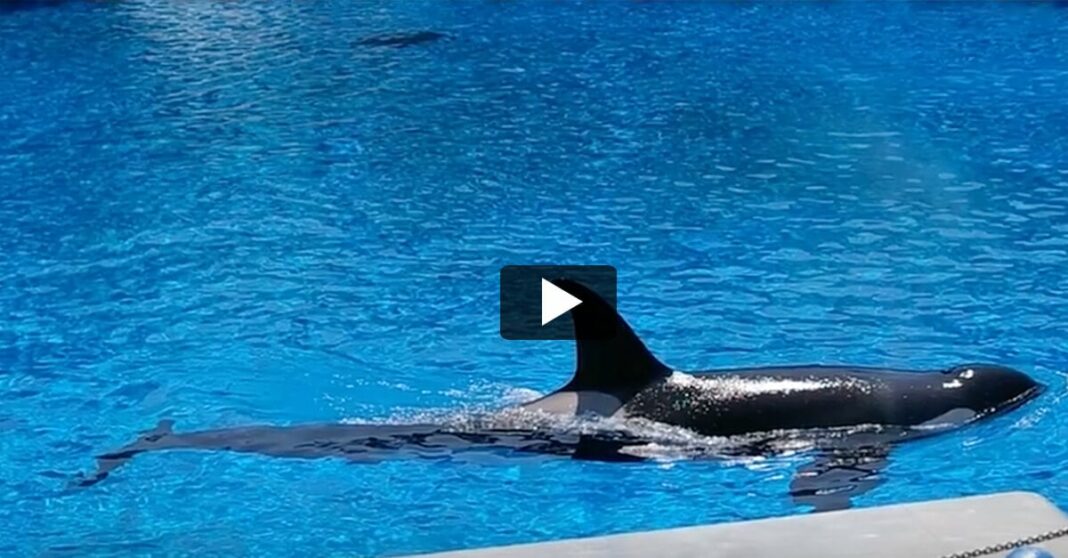The Tragic Tale of Corky the Orca
Introduction
Corky the orca, also known as A23, is a female killer whale who was captured in the wild in 1969. She was one of the youngest orcas ever captured, estimated to be only three to four years old at the time. This marked the beginning of her sad and tragic story that has spanned over five decades.
Early Years in Captivity
After her capture, Corky was taken to Marineland of the Pacific in California, where she was trained to perform tricks for the amusement of park visitors. She was forced to live in a small concrete tank, deprived of the vast ocean that she once called home. Corky was separated from her family and forced to interact with other captive orcas, leading to conflicts and stress.
Reproductive Tragedy
In the wild, female orcas typically give birth to their first calf in their late teens or early twenties. However, Corky was forced to give birth to her first calf, a male named Orky, at the young age of seven. Tragically, Orky died just 27 days after birth, likely due to the stress of captivity and the unnatural environment in which he was raised.
Loneliness and Isolation
Over the years, Corky has been moved to several different marine parks, including Sealand of the Pacific in Canada and SeaWorld San Diego. Despite attempts to pair her with other captive orcas, Corky has failed to form lasting bonds and continues to exhibit signs of loneliness and depression. She spends countless hours swimming in circles in her small tank, a far cry from the open ocean she once roamed.
Legal Battles and Conservation Efforts
Throughout her captivity, Corky has been at the center of legal battles and conservation efforts aimed at securing her release and return to the wild. Animal rights activists and marine mammal experts have long argued that captive orcas like Corky suffer physically and psychologically in confinement and deserve to be given the chance to live freely in their natural habitat.
Hope for the Future
Despite the many challenges she has faced, Corky remains a symbol of resilience and hope for the captive orca population. Efforts are ongoing to raise awareness about the plight of marine mammals in captivity and to push for stronger regulations and protections for these animals. With increased public awareness and support, there is hope that Corky and other captive orcas can one day be rehabilitated and released back into the wild where they belong.
Conclusion
Corky the orca’s sad story serves as a sobering reminder of the devastating impact of captivity on wild marine animals. Her tragic tale highlights the need for greater conservation efforts and ethical treatment of marine mammals in captivity. As we reflect on Corky’s plight, let us renew our commitment to protecting and preserving the world’s oceans and the magnificent creatures that call them home.
FAQs
Q: Why was Corky captured in the wild?
A: Corky was captured in the wild for the purpose of entertainment and profit, as she was trained to perform tricks for park visitors at marine parks.
Q: What can I do to help captive orcas like Corky?
A: You can support organizations and campaigns that advocate for the rights and welfare of captive marine mammals, as well as educate others about the negative consequences of keeping orcas in captivity.
Q: Is there hope for Corky’s release back into the wild?
A: While the chances of Corky being released back into the wild are slim due to her long captivity and age, efforts are still ongoing to improve her living conditions and advocate for her well-being.




